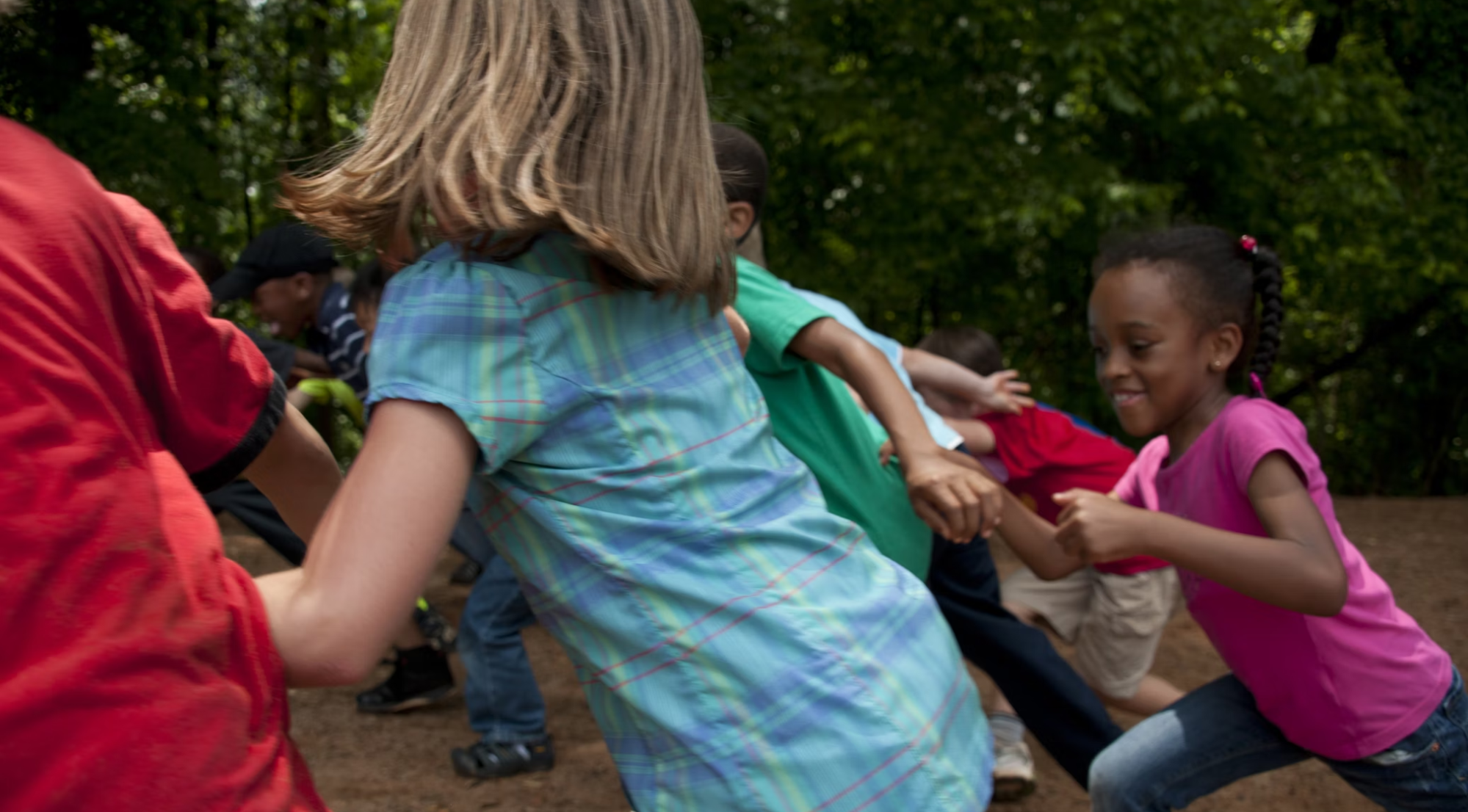3.1 Chapter Overview and Learning Objectives

Overview
What are racialized socialization and racialized social control? These terms can mean something different to people, depending on their life experiences. This chapter will explore how we are socialized and the ways of social control, and then examine how these become racialized. In this chapter, we will look at historical and modern-day policies as a form of social control and see how they relate to people of color. We will then apply concepts to moments in history to understand how the system dismantled an organization called the Black Panther Party that was seen as a threat to the status quo.
Learning Objectives
- Describe the socialization process and what it means to have racialized socialization.
- Contrast social control and racialized social control.
- Explain methods of formal social control and how they relate to the experiences of people of color.
- Recognize patterns of intergroup relations and apply them to various examples.
- Explain how modern-day racialized social control has intersected with the criminal justice system.
Key Terms
- Black Panther Party for Self-Defense: called the Black Panther Party, this group was formed by Black college students Huey P. Newton and Bobby Seale in California in 1966 in response to Black communities being terrorized by police brutality; its initial goal was to observe police activity within Black communities and to protect against any attacks (History, 2023), and it later evolved to get more Black officials into elected political positions.
- Broken Windows Theory: a theory introduced in the 1980s, suggesting the environment of a particular space signals its health to the public, including potential vandals, and that by maintaining an organized environment, individuals are dissuaded from causing disarray in that particular location; this theory dramatically transformed policing policies and practices that had a major impact on people of color.
- Cultural assimilation: the economic, social, and political integration of an ethnic minority group into mainstream society (Keefe and Padilla, 1987); initially referred to as assimilation.
- Genocide: the deliberate destruction and systematic killing of targeted groups of vulnerable people.
- Intergroup conflict: occurs at all levels of social organization, such as rivalries between gangs, organized disputes, race riots, and international warfare.
- Intergroup relations: the way people who belong to social groups or categories perceive, think, feel about, and act toward and interact with people in other groups.
- Internal colonialism occurs when members of a racial or ethnic group are conquered or colonized and forcibly placed under the economic and political control of the dominant group within a country or internally.
- Juan Crow: a series of immigration policies that disproportionately affect Latinx communities through racial profiling.
- Mass incarceration refers to the overwhelming size and scale of the U.S. prison population.
- New Jim Crow: the network of laws and practices that enforce social control on communities of color and disproportionately funnel Black Americans into the criminal justice system; this strips them of their constitutional rights as a punishment for their offenses in the same way that Jim Crow laws did in previous eras.
- Racialized socialization: extends the concept of socialization by focusing on the process by which parents transmit both implicit and explicit messages about the meaning of one’s race in a broader societal context.
- Racialized Social Control: the enactment of specific policies to deter deviousness that disproportionately impacts people of color (Patel, 2018).
- Social control: organized action intended to change people’s behavior (Innes, 2003).
- Socialization: the process through which people are taught to be proficient members of a society.
- Segregation: from a legal lens, is the practice of requiring separate housing, education, and other services for people of color.
Licenses and Attributions for Chapter Overview and Learning Objectives
Open Content, Original
“Chapter Overview and Learning Objectives” by Shanell Sanchez, revised by Jessica René Peterson, is licensed under CC BY 4.0.
Open Content, Shared Previously
Figure 3.1. Image by CDC is licensed under the Unsplash License.
the process through which people are taught to be proficient members of a society.
organized action intended to change people’s behavior (Innes 2003).
extends the concept of socialization by focusing on the process by which parents transmit both implicit and explicit messages about the meaning of one’s race in a broader societal context (Coard & Sellers, 2005)
the enactment of specific policies to deter deviousness that disproportionately impacts people of color (Patel, 2018).
the way people who belong to social groups or categories perceive, think about, feel about, and act towards and interact with people in other groups.

